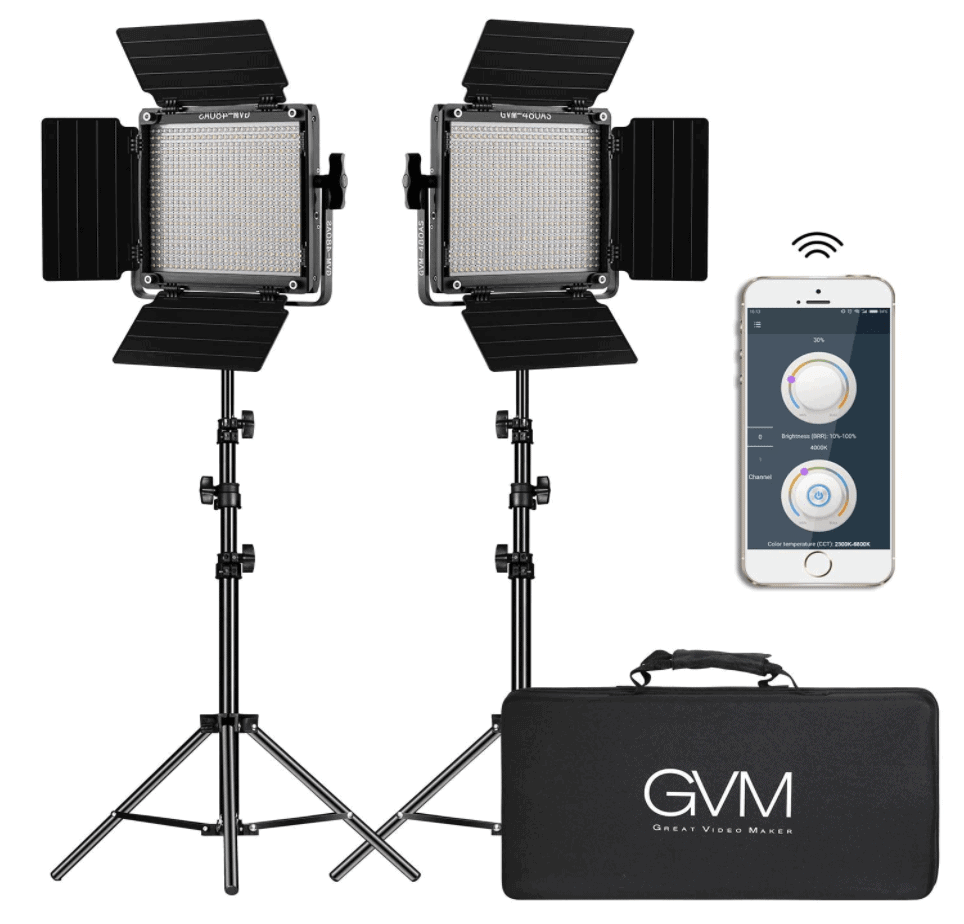
I’ve been down on them in the past, but there also *is* the option of Reflecmedia, if you are truly tight for space. Another downer would be that this won’t work for a regular floor, so if you need full-body, you’re still going to need to light some cloth or vinyl flooring, but hey, that part can be lit from an overhead grid or an auto-pole.
CEILING GREEN SCREEN LIGHTS PRO
Not sure on that, I’ll bow to the expertise of one of the pro DP’s here. I think a downside of this approach would be perhaps a higher amount of spill because now the green screen is not just a reflective source but a direct, transmissive one.

And not just that you have to construct a frame, wire a bunch of tubes, and find seamless green material of the right transmission characteristics… The nice part of this for you would include the fact that all the lighting for the screen is behind the screen, leaving you more unobstructed working space in front of the screen. Just sort of like a big light table like photogs use to look at slides with, except as a wall. I thought of this because I remembered seeing some Hollywood green and blue sets do it this way, particularly when shooting models for process work. Any suggestions for that would be welcome. It would all depend on the fabric or gel material used. If the silk is already the right color, the tubes may even be dirt cheap industrial lighting instead of something with a high CRI. The diffusion is built into the cloth and evens out the source better than if you tried to hit it with multiple sources from the front, less overlap. Put up a frame with taut green translucent silk, about a foot from the back wall, and light it from close behind with a stacked array of straight tubes. The more nasty one to control is the green-magenta axis.) In that case, cooler or warmer hair-light, we are talking about the blue-red color axis. (You may, however, want to cool or warm the backlight, depending on the talent’s hair color. But all lights hitting talent should balance to each other on the green-magenta axis if at all possible. Note that for your green-screen units, a different green spike from the other units would not be serious. One of them is not a fluorescent type at all. I have no hands-on experience with any of these units. It is obviously easier to hide Kino-Flo style units than large round ones.) (If you do need a floor unit, you will probably need to raise your talent on a platform so the camera doesn’t see this light.

You may need two more, one from the floor in the middle and one from the ceiling in the middle. Since you need to light the screen evenly across the visible screen, two lights might or might not make it. You are correct that you will need at least two lights for the green screen. Who makes your fluorescent soft boxes? Stick with the same company for your green screen and back-lights.

If you mix light from two different companies, you may find that one is more green than the other, and that you need to add minus-green gels to one to try to balance to the bulbs to the other. So if you stick to one company, you have a better chance of needing to only manually balance your video camera. The reason: the amount of green spike will vary considerably between them. You would be best served by sticking to a single manufacturer of fluorescent bulbs.


 0 kommentar(er)
0 kommentar(er)
